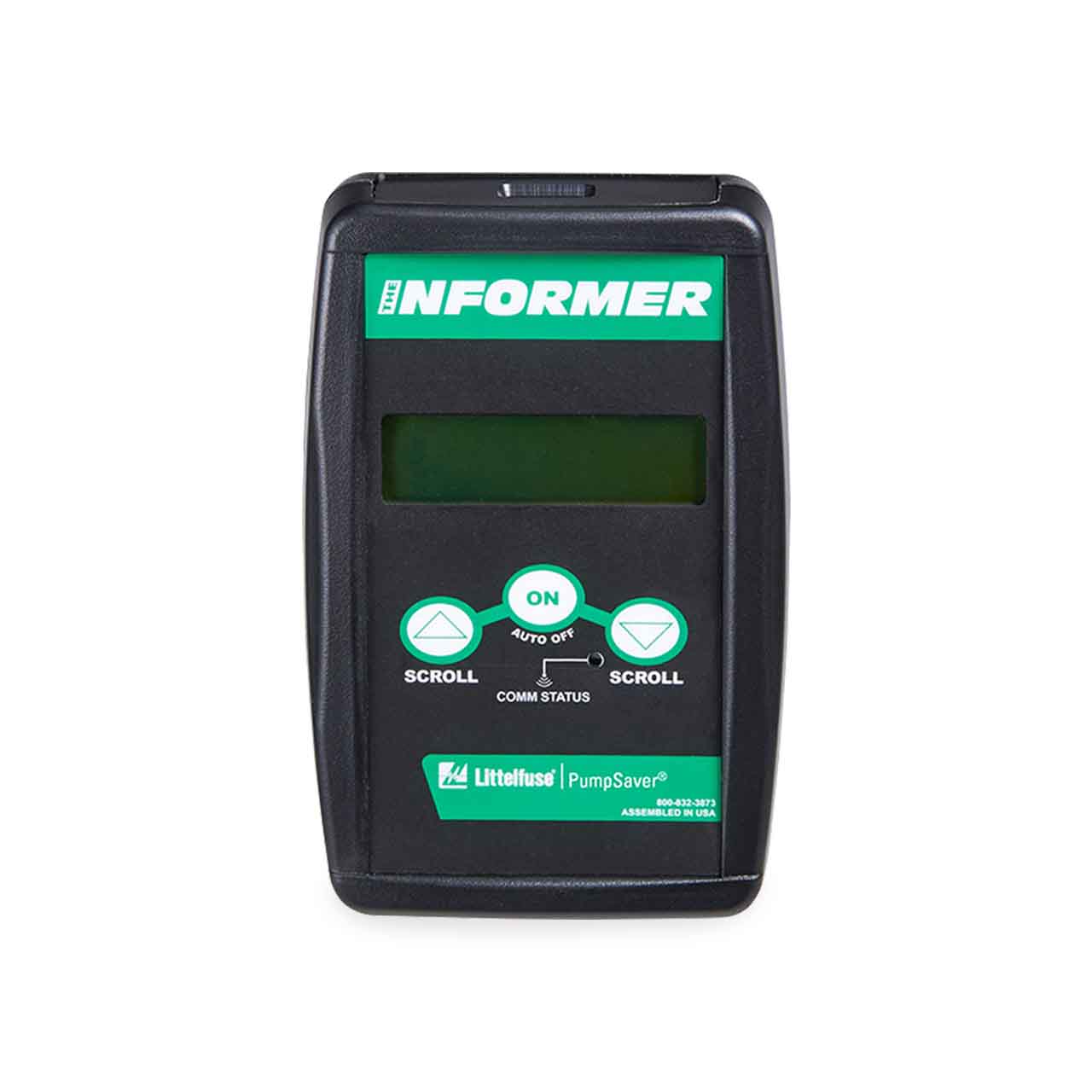Larry Caldwell
Super Member
The county commissioners just declared a drought emergency in my county. That will go to the governor. If the governor agrees, it gives the Water Master the authority to suspend water rights and shut down irrigation.
It's too late this year to capture rain water in most of California. Except for the high sierras it only rains in the winter. To make it worse the rainy season seems to have ended early this year.
Our setup has a 10,000 gallon tank way up the hill from the house and well. Even that doesn't last long between watering the garden, lawn and home use. In the last drought ~5 years ago our well started sucking air. In that drought we stopped watering the lawn and cut back on the garden and made it through. The lawn makes a good fire break for the house but if it gets too dry to maintain it I'll have to do something else.
We have a pumpsaver on the well which shuts it off when the pump overspeeds or has other errors (which are generally caused by low water). It records the events. I use a small device sold by the same company to read out it's memory and find out when it's had soft and hard errors so I can tell when the level is getting low, before it shuts off. It's an electric device which you can add at the well head.
This is the one we have: SymCom PumpSaver 231 INSIDER-P | Pump Protection
The fiber optic cable hanging off it is what you use to read the data, using this:

Littelfuse/Symcom - Littelfuse Informer Remote Diagnostic Tool For Single-Phase PumpSavers #MSRINFORMER
The Informer is a handheld diagnostic tool designed for use with single-phase PumpSaver® and PumpSaver®Plus models equipped with infrared LED transmitters.www.rcworst.com
It happens. I would say that there are many, many different ecosystems in California, some of them very wet. Even in the Santa Cruz mountains it can range from desert like to temperate rain forest in a few miles.Wait... some of you western state guys are running your wells dry just to look at green grass out the window? That strikes me as a bit.... ridiculous.
I get that you can make the "fire break" argument, but bare dirt works even better, right? Easy to say from my wet state.
Pretty dry March-May, but Over 4" of rain in June so far here (sorry).
That's the difficulty I have with how to store spring runoff water for later in the season. If I install above ground tanks, that investment is at risk from fire or (maybe more likely) falling trees. Below grade water storage seems to get very expensive very fast.We just have two 5,000 gallon poly tanks that we keep between 8-10,000 gallons in. I know that they would be toast in a big fire,
I have thought about wrapping them in strips of compressed fiberglass rigid boards and then putting galvanized roofing around that. I would probably build a steel 2x4 frame with the same insulation as the roof. I have also thought about filling it full and then putting on gunnite. But that is way down my do list.That's the difficulty I have with how to store spring runoff water for later in the season. If I install above ground tanks, that investment is at risk from fire or (maybe more likely) falling trees. Below grade water storage seems to get very expensive very fast.
Amen! We have a filter and a softener to make it good water. But there is plenty of it.All I have to say is. I'm thankful we live where we do (Great Lakes watershed). Water is never an issue here and you can hit water here with a driven point just about anywhere. Might not be the best because of the limestone strata but it's wet and plentiful.